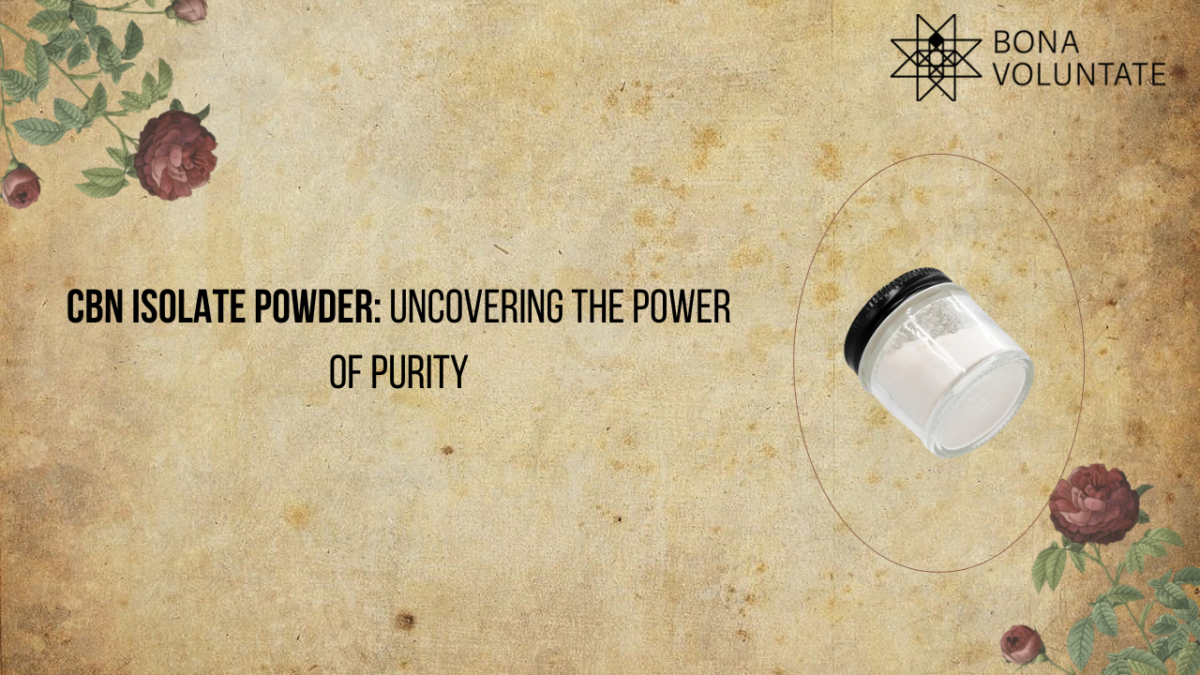Psoriasis Treatment: Before and After Care

Psoriasis is a chronic skin condition that can significantly impact one’s quality of life. Effective management of psoriasis requires a comprehensive approach that includes understanding psoriasis treatment options, proper care before and after treatment, and maintaining a consistent routine. This guide will provide insights into the essential aspects of psoriasis treatment and how to best care for your skin throughout the process.
Understanding Psoriasis and Its Treatments
What is Psoriasis?
Psoriasis is an autoimmune disorder characterized by the rapid growth of skin cells, leading to thick, scaly patches on the skin. These patches can be itchy, painful, and sometimes inflamed. The exact cause of psoriasis is not fully understood, but it is believed to involve genetic and environmental factors.

Types of Psoriasis
There are several types of psoriasis, including:
- Plaque Psoriasis: The most common type, characterized by dry, raised, red skin lesions covered with silvery scales.
- Nail Psoriasis: Affects the fingernails and toenails, causing pitting, abnormal nail growth, and discoloration.
- Guttate Psoriasis: Often starts in childhood or young adulthood, presenting as small, water-drop-shaped, scaling lesions on the trunk, arms, legs, and scalp.
- Inverse Psoriasis: Causes bright red, shiny, and smooth patches of skin, typically in skin folds such as under the breasts or in the groin area.
Psoriasis Treatment Options
Effective psoriasis treatment can vary depending on the type and severity of the condition. Treatment options generally fall into three categories:
- Topical Treatments: Medications applied directly to the skin to reduce inflammation and slow down the rapid growth of skin cells. Common ingredients include corticosteroids, vitamin D analogues, and tar.
- Systemic Treatments: Oral or injected medications that work throughout the body to reduce inflammation and the immune response. These include methotrexate, cyclosporine, and biologics.
- Phototherapy: Involves exposing the skin to ultraviolet light under medical supervision to reduce symptoms.
Before Psoriasis Treatment: Preparation and Precautions
Assessing Your Condition
Before starting any psoriasis treatment, it is essential to assess the severity and extent of your condition. Documenting your symptoms, including the areas affected and the intensity of flare-ups, will help in choosing the most appropriate treatment.
Preparing Your Skin
Proper skin preparation can enhance the effectiveness of psoriasis treatment. Follow these steps:
- Cleansing: Use a gentle, non-irritating cleanser to remove dirt and oils from your skin without causing further irritation.
- Moisturizing: Apply a moisturizer to keep your skin hydrated and reduce dryness, which can aggravate psoriasis.
- Patch Testing: If using a new topical treatment, perform a patch test to ensure you do not have an adverse reaction.
Lifestyle Adjustments
Certain lifestyle changes can complement your psoriasis treatment and help manage flare-ups:
- Diet: Incorporate anti-inflammatory foods such as fatty fish, nuts, and leafy greens. Avoid triggers like processed foods and alcohol.
- Stress Management: Engage in stress-reducing activities such as yoga, meditation, or regular exercise to minimize flare-ups.
- Avoiding Triggers: Identify and avoid potential triggers, such as smoking, excessive alcohol consumption, and certain medications.
During Psoriasis Treatment: Managing and Monitoring
Following Treatment Protocols
Adherence to the prescribed psoriasis treatment is crucial for achieving the best results. Ensure you follow the recommended dosage and application instructions, and consult with a healthcare provider if you experience any side effects or complications.
Monitoring Your Progress
Regularly monitor your skin’s response to treatment. Keep track of:
- Symptom Changes: Note any improvements or worsening of symptoms.
- Side Effects: Document any side effects experienced and report them to your healthcare provider.
Adjusting Your Routine
Based on your progress and feedback from your healthcare provider, you may need to adjust your treatment plan. This could involve:
- Changing Medications: Switching to a different treatment if the current one is not effective or causes unwanted side effects.
- Adding Supportive Therapies: Complementing your psoriasis treatment with additional therapies, such as moisturizers or specialized shampoos, if needed.
After Psoriasis Treatment: Maintenance and Long-Term Care
Continuing Your Routine
After completing your psoriasis treatment, it is essential to maintain a routine that supports long-term skin health:
- Moisturizing Regularly: Continue using a high-quality moisturizer to prevent dryness and maintain skin hydration.
- Sun Protection: Use sunscreen to protect your skin from sun damage, which can exacerbate psoriasis.
Long-Term Management
Effective long-term management of psoriasis involves:
- Regular Check-ups: Schedule follow-up appointments to monitor your condition and adjust treatment as needed.
- Lifestyle Maintenance: Continue practicing healthy lifestyle habits, including a balanced diet and stress management techniques.
- Education and Support: Stay informed about psoriasis and connect with support groups for additional resources and coping strategies.
Recognizing and Addressing Flare-Ups
Despite effective treatment, psoriasis may still flare up. Recognize the signs of a flare-up and:
- Early Intervention: Address flare-ups promptly with your treatment plan to prevent them from worsening.
- Seek Support: Consult with a healthcare provider or support group for guidance on managing sudden exacerbations.
Conclusion
Managing psoriasis effectively requires a comprehensive approach that includes understanding and following psoriasis treatment options, preparing your skin, monitoring progress, and maintaining long-term care. By adhering to these practices and making necessary lifestyle adjustments, you can achieve better control over your psoriasis and improve your overall quality of life. for more blog










